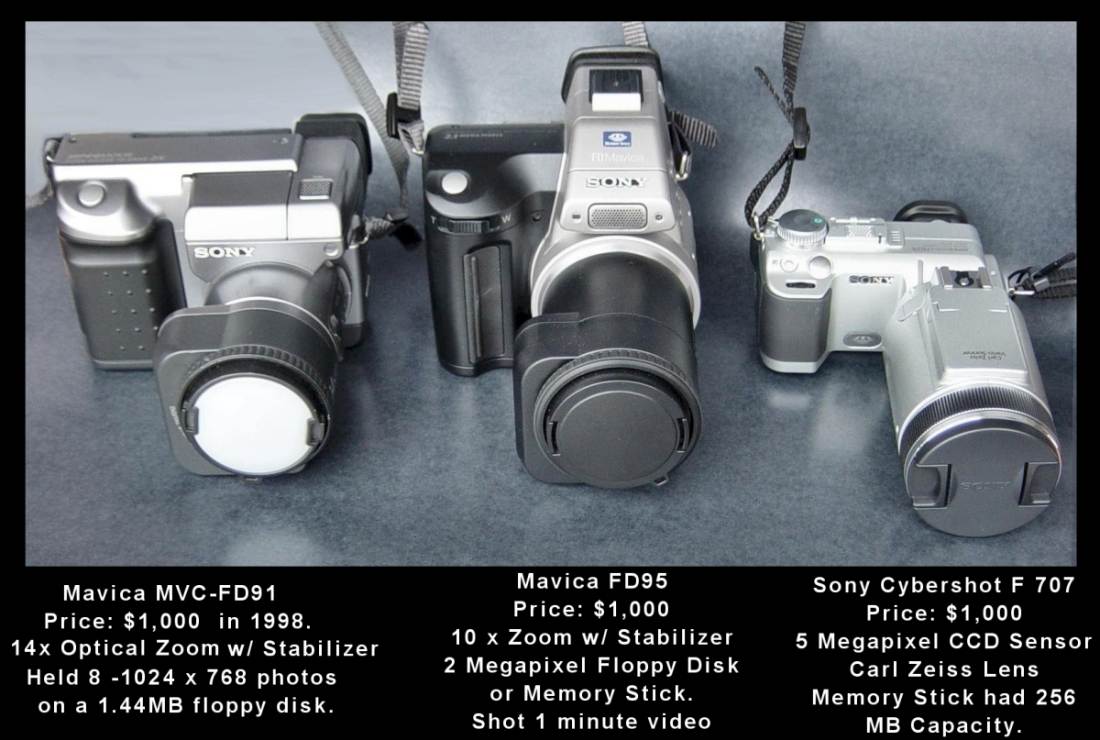EARLY CHARLESTON NEWSPAPER PRINTING
PART 3 - PHOTOGRAPHY
In the mid 70s,
I worked for the Daily Mail as a "Stringer". This means that I
filled-in for other photographers when they were on vacation or any
time they needed me. I also shot many news photos on my own that
the newspaper printed, both the Daily Mail and Gazette. When the
first 4 channel crystal police scanners hit the scene, I was the
first photographer to own one. I was really scooping the other
photographers then, because they either had to wait for a phone call
about a news story or listen to their police radio that was the size of
a desktop computer that sat in the photo lab. Meanwhile, with my
portable hand held scanner, I might be just blocks away from breaking
news when it happened. The Editor figured out that I was scooping
his guys, and asked me about my scanner. He asked me to buy
3 or 4 so they too could do what I did.
At that time, we all used Nikon film cameras. Normally shooting
black & white for news because it was so much easier to
process. I had my own darkroom at the paper and also at
home. Our cameras were manual. This means we had to set
focus, speed, aperture, everything by hand, and in the case of a hot
news story, had to do it QUICK. We all carried light meters,
because most cameras didn't have them or you couldn't trust them at the
time. The film we used was always 400. That way we could
shoot in darker situations or catch fast action. Yes, the
pictures were a bit grainy, but for news print, it didn't matter in the
least. When modern digital cameras came along, our whole world
changed......
|
The following article first appeared in the Charleston
Daily Mail in 2014.
It's the best account of local newspaper photography history
that you will find anywhere.


As mentioned in
the article, the first Nikon digital cameras were about $5000 just for
the body. Add another $5000 for the lenses you needed. That's
about $18,000 in today's money, a price few but the newspaper and the
rich could afford. But Sony came out with a somewhat affordable
camera line, of which I bought each as they came out. Think about
this: The first Sony digital consumer camera used a FLOPPY DISK, that
was only 1.44 MB and held 8 photos. You might print a decent 5x7
photograph, but needless to say, even though it looked pretty good for
its time, the images were very poor by todays standards.
After I bought the Sony 707 which was 5 mega pixels, the Nikon's
started coming down in price, although still expensive. Since I had my
Nikon lens's from my film days, I could now shoot digital and get
really good photos.
Of course, I had to still use manual mode because my old lens's were
strictly manual. It would be a couple of years before I could
afford the new digital lens's that made the entire process "point &
shoot". To this day, I shoot an average of 10 or more
photos a day, and within minutes I have what might take an hour back
then. Even cell phone cameras can match anything that a good
digital camera can, with a couple of exceptions: I can slap a
600mm lens on my Nikon and get shots that no cell phone can, at this
writing at least. And if I want to get super fancy, I have many
options on my camera that no cell phone can match, but once again, at
the time of this writing. But as cell phone cameras get more and
more advanced, I wouldn't be surprised that a simple cell phone will
one day be right up there with the best digital camera.
|
Back to
Part 2
Back to Part
1
On to the 1911 Photos
Back
To Main Index
©
COPYRIGHT
All
content including articles and photos on this website Copyright 2013 by
J. Waters. All images on this website are used with
permission or
outright ownership of J. Waters.
All
newspaper articles
are courtesy of the Charleston Gazette or Daily Mail for the express
use of the author. You do NOT have permission to use any image, article
or material without permission from the author. You do NOT have permission to pull photos from
this website and post them to Facebook or any other website. Any
material used without permission will be subject to creative copyright
laws.
|
|

